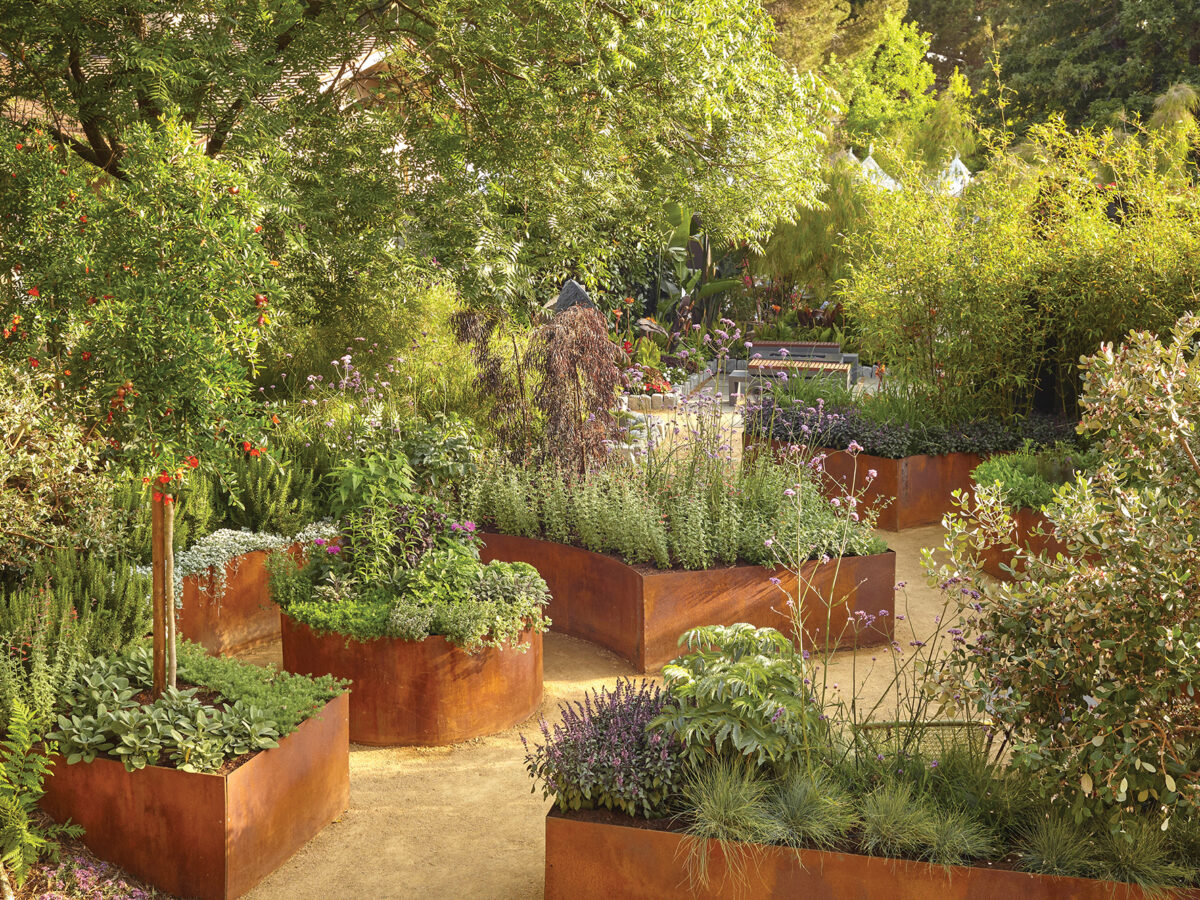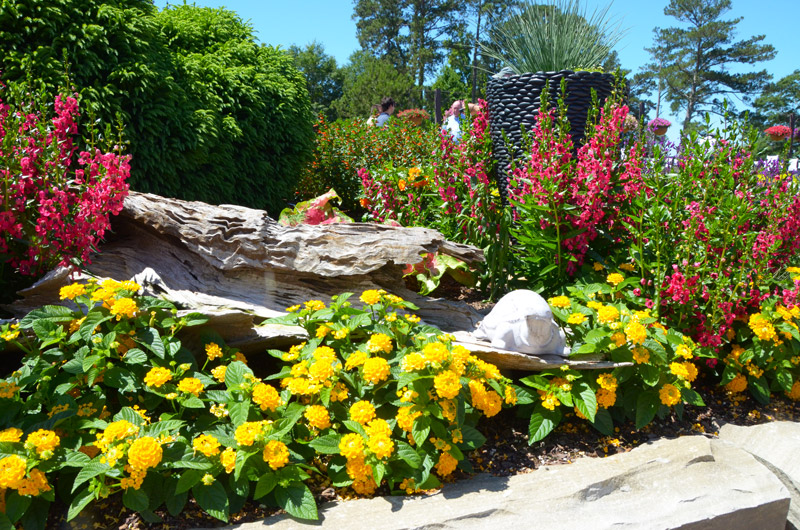Fascination About Hilton Head Landscapes
Fascination About Hilton Head Landscapes
Blog Article
The Buzz on Hilton Head Landscapes
Table of ContentsThe 8-Minute Rule for Hilton Head LandscapesThe Main Principles Of Hilton Head Landscapes Hilton Head Landscapes for BeginnersThe 25-Second Trick For Hilton Head LandscapesIndicators on Hilton Head Landscapes You Need To KnowOur Hilton Head Landscapes PDFsGetting The Hilton Head Landscapes To Work
Line develops all kinds and patterns and can be utilized in a variety of means in the landscape. Line in the landscape is developed by the edge in between two products, the outline or shape of a form, or a lengthy straight feature. Lines are a powerful device for the designer due to the fact that they can be used to develop a limitless selection of forms and forms, and they regulate movement of the eye and the body.

Lines can have one or even more characteristics, such as those defined below, yet they typically offer various purposes. Number 1. Lines in the landscape - hilton head landscapers. The homes of lines figure out just how people reply to the landscape, both psychologically and literally. Straight lines are structural and strong; they develop an official personality, are usually associated with a symmetrical style, and lead the eye straight to a centerpiece.
8 Simple Techniques For Hilton Head Landscapes
Straight lines are usually found in hardscape sides and material. Curved lines produce a casual, all-natural, kicked back character that is connected extra with nature and unbalanced balance. Curved lines move the eye at a slower rate and include secret to the room by developing covert views. Upright lines move the eye up, making an area really feel larger.
Vertical lines in the landscape include tall, slim plant material, such as trees, or tall frameworks, such as an arbor or a bird home on a post. Horizontal lines relocate the eye along the ground aircraft and can make an area really feel bigger. Reduced lines are more suppressed and develop a feeling of remainder or repose.
10 Easy Facts About Hilton Head Landscapes Shown
Low lines are created by reduced yard walls, pathways, and short bushes. Lines are utilized to draw forms on a plan. In plan view, they specify plant beds and hardscape locations. Lines are additionally produced by the vertical forms of built features and plant material. There are 3 key line types that develop type in the landscape: bedlines, hardscape lines, and plant lines.
Bedlines link plant material to your house and hardscape because the eye complies with the line, moving the stare via the landscape. Hardscape lines are produced by the edge of the hardscape, which delineates the developed structure. Line can also be developed by long and slim materials, such as a fence or wall surface.
Hilton Head Landscapes Can Be Fun For Anyone
Kind is discovered in both hardscape and plants, and it is generally the leading visual aspect that spatially arranges the landscape and usually identifies the design of the garden. The kind of structures, plant beds, and garden read more accessories likewise identifies the total form style of the garden. Formal, geometric types include circles, squares, and polygons.
Plants produce kind in the yard via their describes or silhouettes, but kind can also be defined by a gap or unfavorable area in between plants - landscapers in bluffton sc (https://hearthis.at/steven-gonzales/set/hilton-head-landscapes/). Circles can be complete circles, or they can be separated into fifty percent circles or circle sectors and incorporated with lines to create arcs and tangents
Excitement About Hilton Head Landscapes
Circles are a solid layout type because the eye is constantly drawn to the center, which can be used to stress a focal factor or attach other forms. Round forms in hardscape and yard panels.
The square form can additionally be fractional and secondhand consistently to produce a grid pattern. Unlike circles, squares are more powerful on the sides, which can be lined up or overlapped to create distinct patterns and even more complex forms.
Meandering lines usually imitate the all-natural training course of rivers or streams and can be referred to as smooth lines with deeply curved wavinesses. Meandering lines (Figure 3) function well for paths, plant bedlines, and dry stream beds. Meandering lines can add interest and enigma to a yard by leading audiences around corners to uncover brand-new views and areas.
The Definitive Guide for Hilton Head Landscapes

Common plant kinds are well established and standardized, as type is the most consistent and well-known quality of plants. Form can additionally be developed via the massing of plants, where the overall mass develops a different kind than a private plant.
A very different kind must be utilized with careone or more job well as a prime focus, yet too lots of produce disorder. All-natural plant forms, instead of over-trimmed types, ought to develop the mass of the composition. The significance of general kind is essentially dependent on the watching perspectivethe kind of a tree can show up fairly various to an individual standing under the cover versus watching the tree from a range in an open field.
Getting The Hilton Head Landscapes To Work
Plant types likewise create and specify deep space or open rooms between the plants, producing either convex or scooped kinds in deep spaces. High-arching tree branches generally produce a concave open room under the branches, and a rounded canopy with reduced branches fills up the area to produce a convex form in the open area under the tree.

Report this page